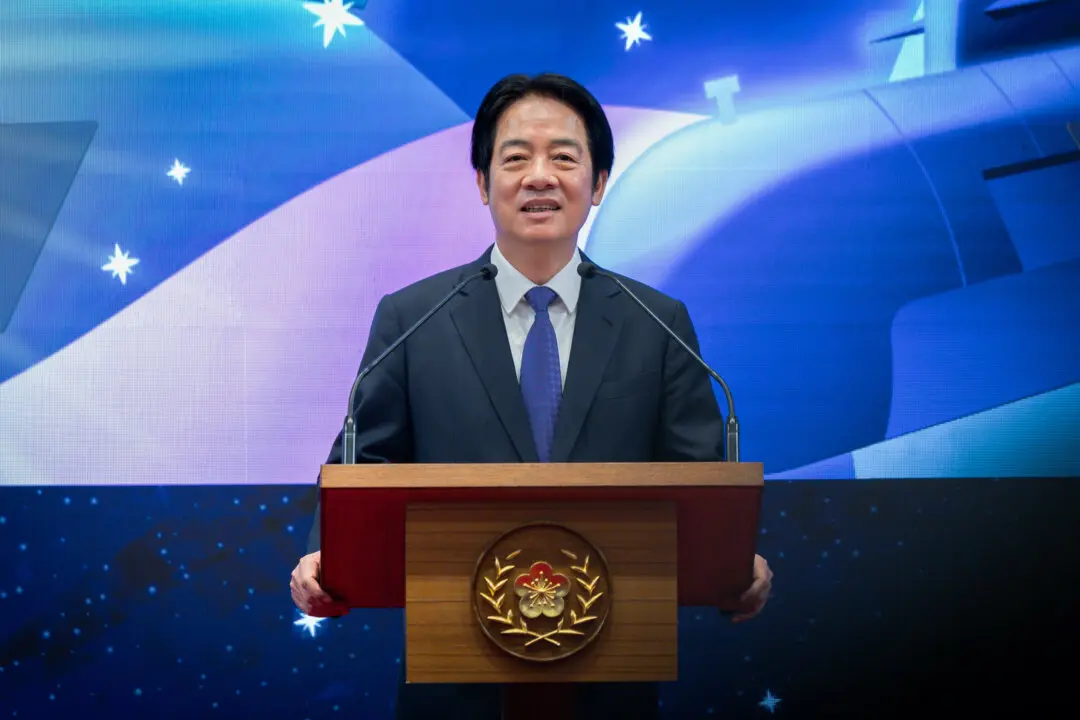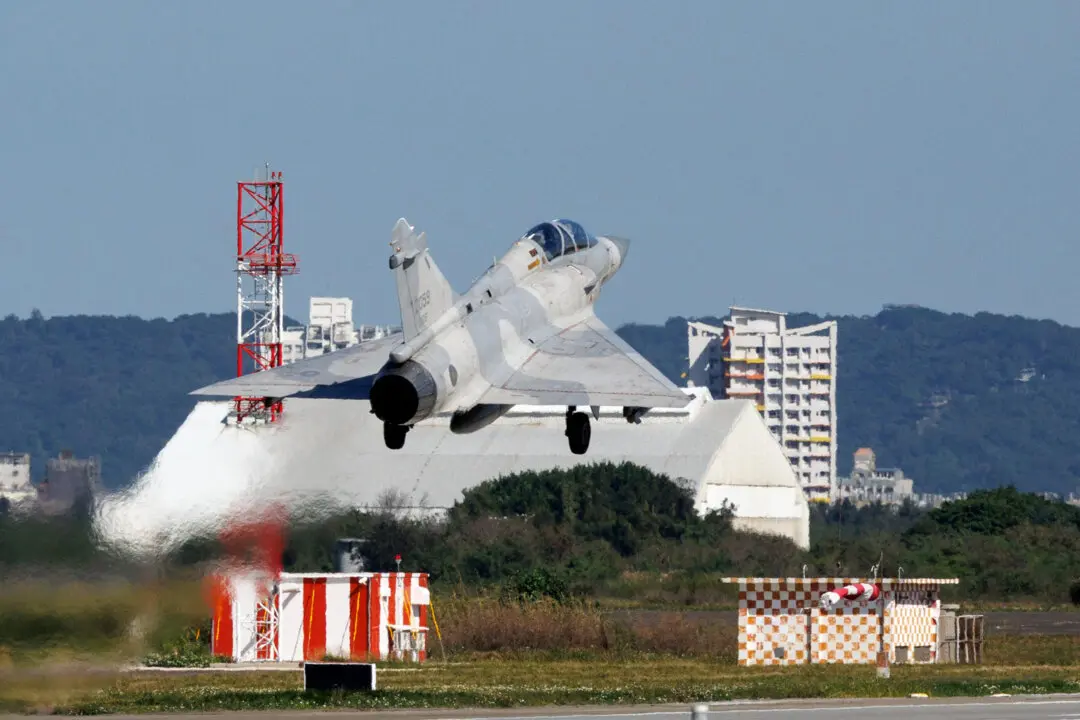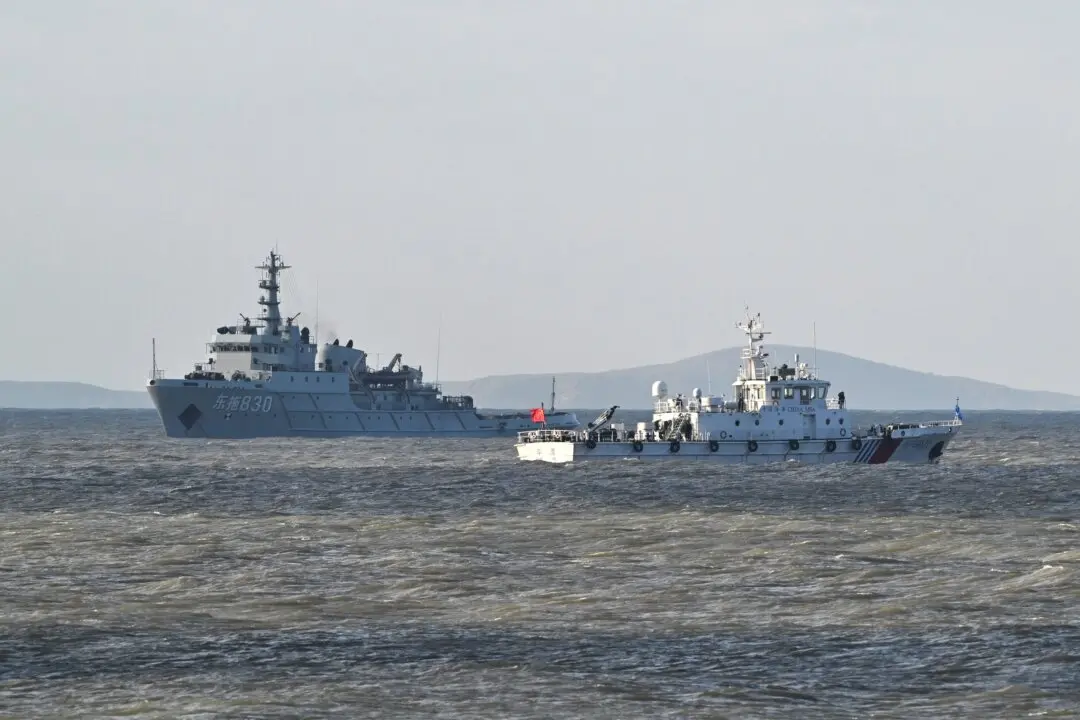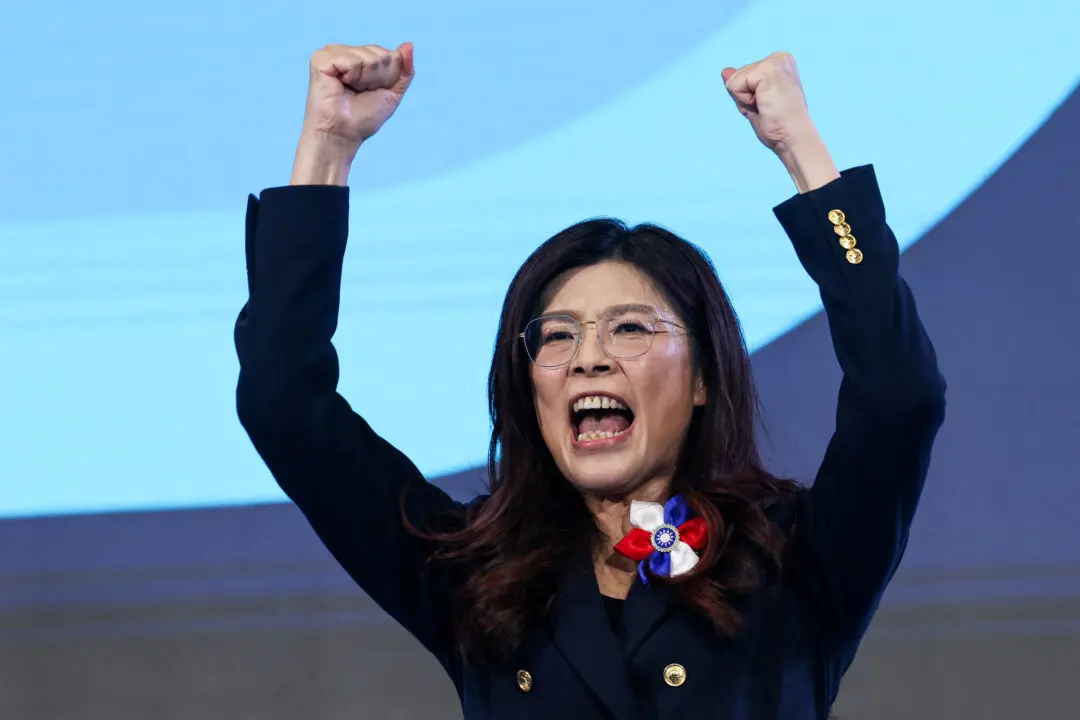The female honor guard contingent that will goosestep past the giant portrait of Chairman Mao in Beijing’s Tiananmen Square during China’s grand parade to mark the 70th anniversary of the Second World War are all tall, young, stunningly pretty, and have uniform bust sizes.
But not all of them are real soldiers. And there’s a good chance their ample bosoms aren’t genuine, either.
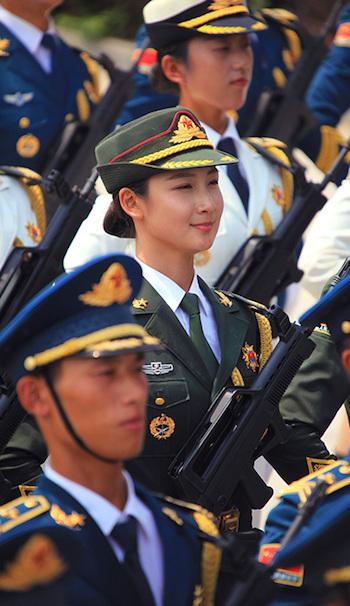
Men Jiahui (C), a 23-year-old Chinese model, marches in a military parade rehearsal in Beijing on Aug, 5, 2015. Screen shot/Sina


